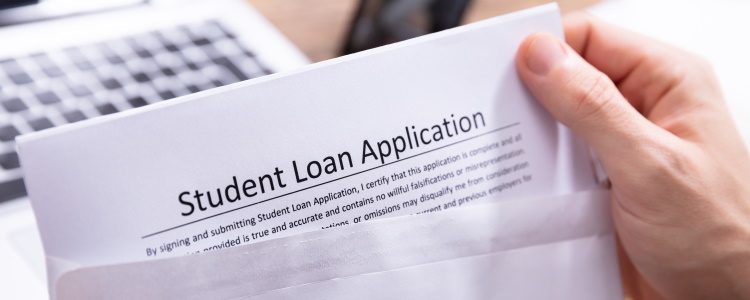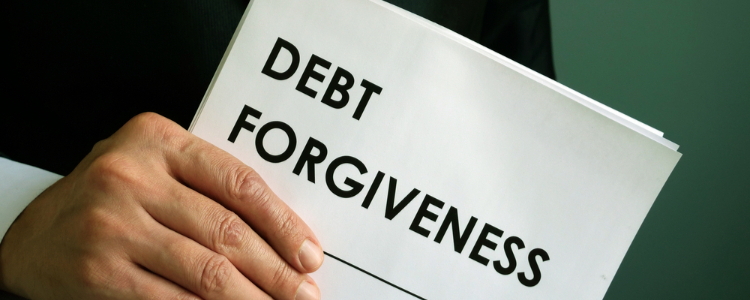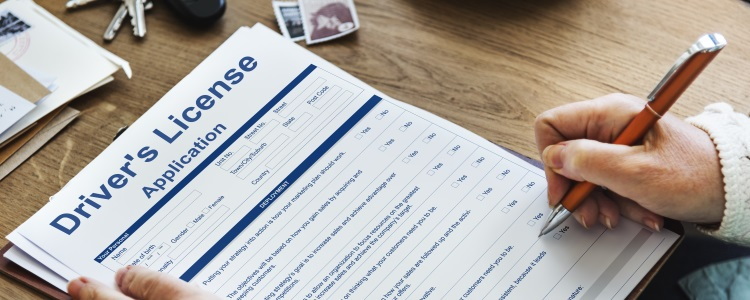Many people who have graduated college in the last few years may not have the experience of paying off their student loans the way nearly 44 million Americans do. However, whether student loans were old hat or you're new to the game, the forbearance that nearly all Americans have enjoyed for the past three and a half years is ending. That means paying off student debt is something that will come into play for budgets and may impact other areas of your life, like your car loan.
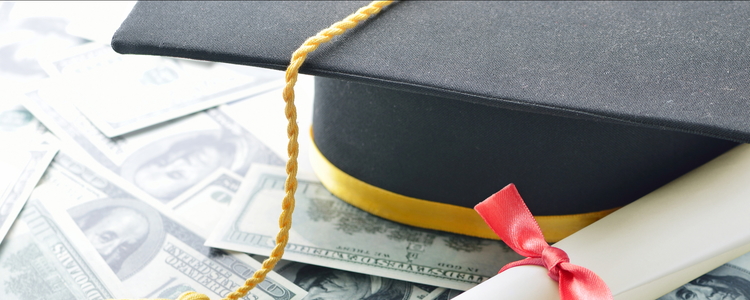
Student Loan Forbearance Ending: What To Know
COVID-19 Student Loan Forbearance Explained
As the Pandemic was looming in 2020, student debt payments were halted across the board, and the interest rate on those loans was dropped. In March 2020, all eligible loan payments were temporarily paused, and the interest rate was set to 0%. This payment pause is considered an administrative forbearance.
This was a huge sigh of relief for many millions of Americans as uncertainty over the state of the nation loomed due to the Coronavirus Pandemic. Those who still made payments during this pause had the total amount of their payments applied to the principal of their loan, which will help when the pause ends.
Student Loan Forbearance End Date
For the past 3.5 years, student loans haven't been growing due to interest charges as time went on without payment. Now, that temporary pause, or forbearance, is ending on September 1, 2023.
At that time, interest rates will again begin to accrue, at the same fixed rate you were paying before. This is the time to start planning for your payments to resume. One month after interest resumes, payment will come due in October 2023.
If you're set to resume payments or to start payments for the first time, you won't be caught off guard. According to the Federal Student Aid website, you will receive a bill at least 21 days before your payment is due.
If You're Preparing to Restart Payments
If your payments are about to restart, there are a few things you can do to prepare for the extra expense. The first thing is to make sure you know who your loan provider is and what your interest rate is. You should also update your contact information with your loan provider so you don't miss any notifications or bills.
Next, begin to save. It's a good idea to make a budget and begin to cut expenses to make room for your student loan payments. While you're saving, look into an income-driven repayment (IDR) program, which is designed to help working borrowers keep their student loan costs within their budget.
IDRs have many benefits such as providing some of the lowest payments available. However, the downside to an IDR is that you're likely to end up paying more interest in the long run. Since you're paying less each month, your loan will stretch longer, and you'll have interest to pay for all those months.
If You're Paying for the First Time
If you're preparing to make student loan payments for the first time make sure you know who your provider is, and what repayment plan you're on. If you haven't selected a payment plan, now is the time to do so. You can explore traditional repayment options, or seek more information on an income-driven repayment plan.
According to StudentAid.gov, if you're paying for the first time and haven't selected a different plan, you're automatically enrolled in the standard repayment plan, not an income-driven plan, and your payments will begin in October 2023, unless you graduated in the past six to nine months. You'll get your statement at least 30 days before your first payment due date.
If You're on an Income-Driven Repayment Plan
If you're on an IDR plan it's important to know which plan you're on. There are four income-driven repayment plans offered, the Savings on a Valuable Education plan, the Pay As You Earn plan, an Income Based Repayment plan, and an Income Contingent Repayment plan. Each plan has its own repayment amounts, and plan limits. You can find out more about these programs and use payment simulators to calculate which plan may be best for you by visiting studentaid.gov.
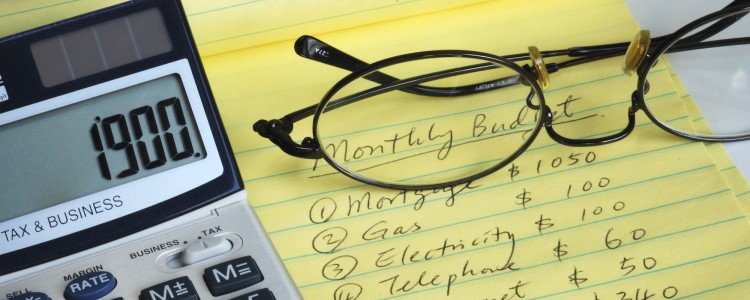
Steps to Take Right Now
There are several steps you can take to lessen the sting of student loan repayment when it restarts in October.
- Know who your provider is. There are many loan providers, and sometimes loans can change hands, especially if you're in a collections situation. It's important to know who is caring for your loan so you can contact the right institution with questions or concerns.
- Know what you're repaying. Look at your provider's website to see what you'll have to repay, and use online calculators to make sure you're paying the best amount for your situation.
- Plan your budget. Is this new payment going to eat into the budget you have set aside for other payments, like your car loan? Make your you add your loan amount into your calculations to see if your budget can handle the new payment.
- Consider refinancing. If you're not able to fit a student loan payment into your current finances, consider switching to an IDR or refinancing your student loans. If that's not in the cards, you can also consider refinancing other loans, such as refinancing a car loan.
Auto Loans vs. Student Loan Payments
Student Loans aren't like auto loan payments. Auto loan percentage rates can vary, but, according to Bankrate, the average interest rate of federal student loans right now is around 5.5% for the 2023-2024 school year for undergraduates.
Graduate students pay even more, up to 8.05%. When your payments resume in October, your rates will be the same as they were in March 2020, so be sure to check with your loan provider to see what your rate is.
Auto loan rates, on the other hand, can vary as much as from 0% to 20% or more. Also, defaulting on your student loans doesn't have the same consequences as defaulting on an auto loan, since student loans are a type of unsecured loan. An auto loan is a secured loan, and your car is the collateral. This means your car can be repossessed if you miss an auto loan payment.
However, a default is a default and it can harm your credit for up to seven years no matter what kind of loan payments miss.
Another difference between auto loans and student loans is that the repayment period for student loans is much longer than for car loans. Student loan payments typically last a minimum of 10 years, whereas auto loans typically last between three and seven years.
If you're not sure how both will fit into your budget, it's time to start looking at solutions for both your auto loan and your student loan repayments.

Senior Automotive Financing Editor
Meghan has been writing professionally for over 25 years. She is expertly versed in automotive special financing and pricing analysis, having published hundreds of articles on Auto Credit Express and its sister sites, CarsDirect, and The Car Connection. Read more
Suggested Posts For You
Receive Free Updates
Get the latest credit tips, resources and advice delivered straight to your inbox.
